It was sunny June 2011 when Steve Jobs presented a service called iCloud at WWDC 2011. Showcasing Apple's strategy for backing up and synchronizing data across its ecosystem of devices, this tale got off to a nice start. Now, however, it would like some prince to come and move the plot forward a little. Even after 10 years, Apple only offers 5GB of free storage.
iCloud launched with iOS 5 as a successor to the embarrassing MobileMe service. It was paid until then, when you got 99 GB of space on Apple's servers for $20 a year. So iCloud was great because it was basically free. 5 GB may have been enough for many at the time, as basic iPhones only had an internal capacity of 8 GB. But the competing services were even better because they hadn't yet addressed limited storage, so they practically gave you unlimited, free of charge. Only later did they decide that it was actually unsustainable.
It could be interest you
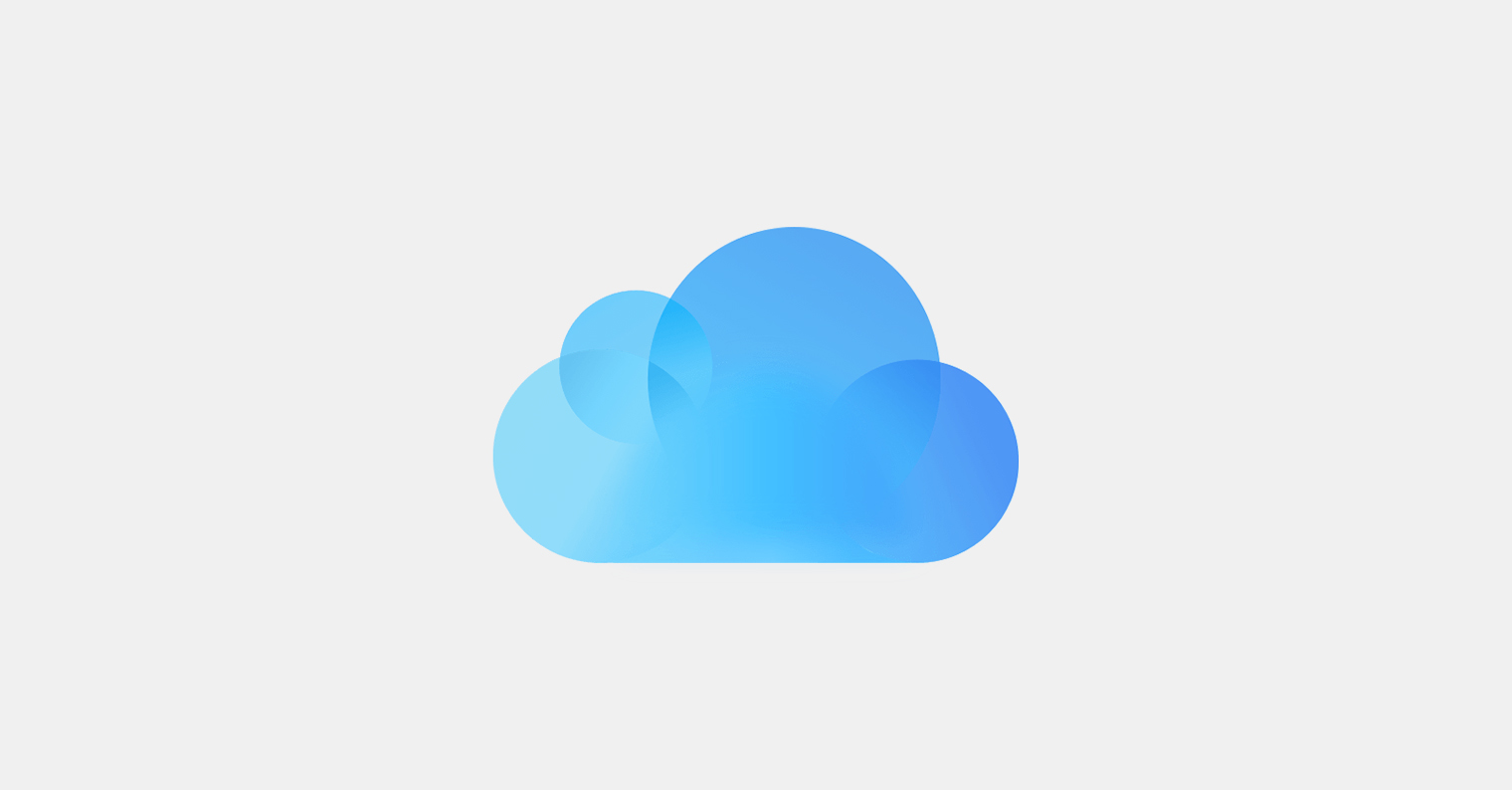
We want more
These days, 5GB of free space is practically laughable, and is best suited for backing up data from applications, not for backing up photos or devices as such. For many years now, there have been calls for Apple to increase this base, or to adjust other values that it already offers for the money. However, these values changed over time compared to the basic one. After all, when the service launched you could buy from 10 to 50 GB, now it's from 50 GB to 2 TB, which came in 2017. Since then, 4 long years, it's been quiet on the sidewalk. I mean, almost.
Last year, Apple introduced the Apple One subscription package, which combines iCloud with other services such as Apple TV+ and Apple Arcade. However, even if the upper storage values change quite often, the lower one, the only free one and the only important one for undemanding users, is still such a lousy capacity that in 2021 you don't even want to believe it. And do you think that will change? Probably not.
It could be interest you
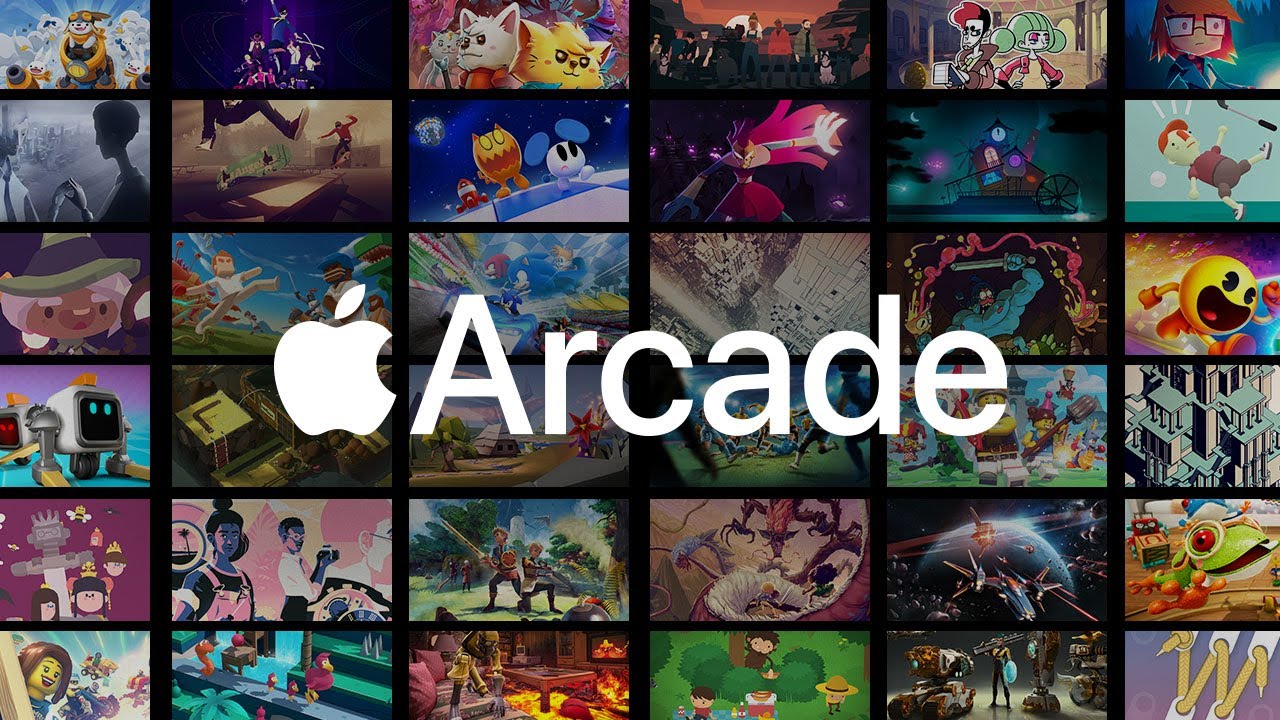
Money, money, money
Apple targets services and wants you to subscribe to them. Individually or in a package, it doesn't matter, the main thing is that Apple has a regular flow of money from you. With its limited free storage, it only gives you a taste of the potential of storing data on the cloud. All of them, after all, because documents and files in the Files application are included in this volume, of course across devices.
But it's a different time here than it was ten years ago, and the coronavirus pandemic has affected it considerably. 5 GB is enough to try out Files, but not to try saving photos and backing up the device, moreover, considering their constant increase in volume. If we were to relate the size of the cloud storage to the size of the iPhone's internal storage in 2011 and today, then if we take the 64GB variant of the phone, it should have 40GB of free iCloud available. And with that, if some prince arrived at WWDC21 on a magnificent steed, the applause of the crowds would be heard all the way to Apple Park. Even if the recording itself was prerecorded.
 Adam Kos
Adam Kos 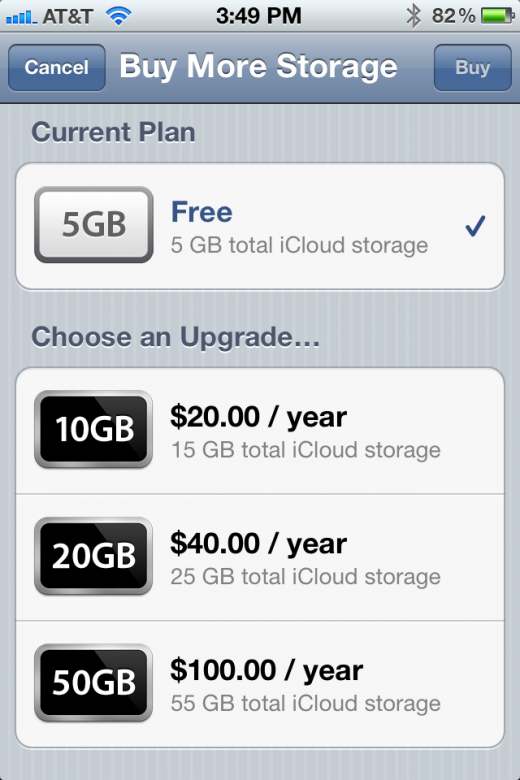
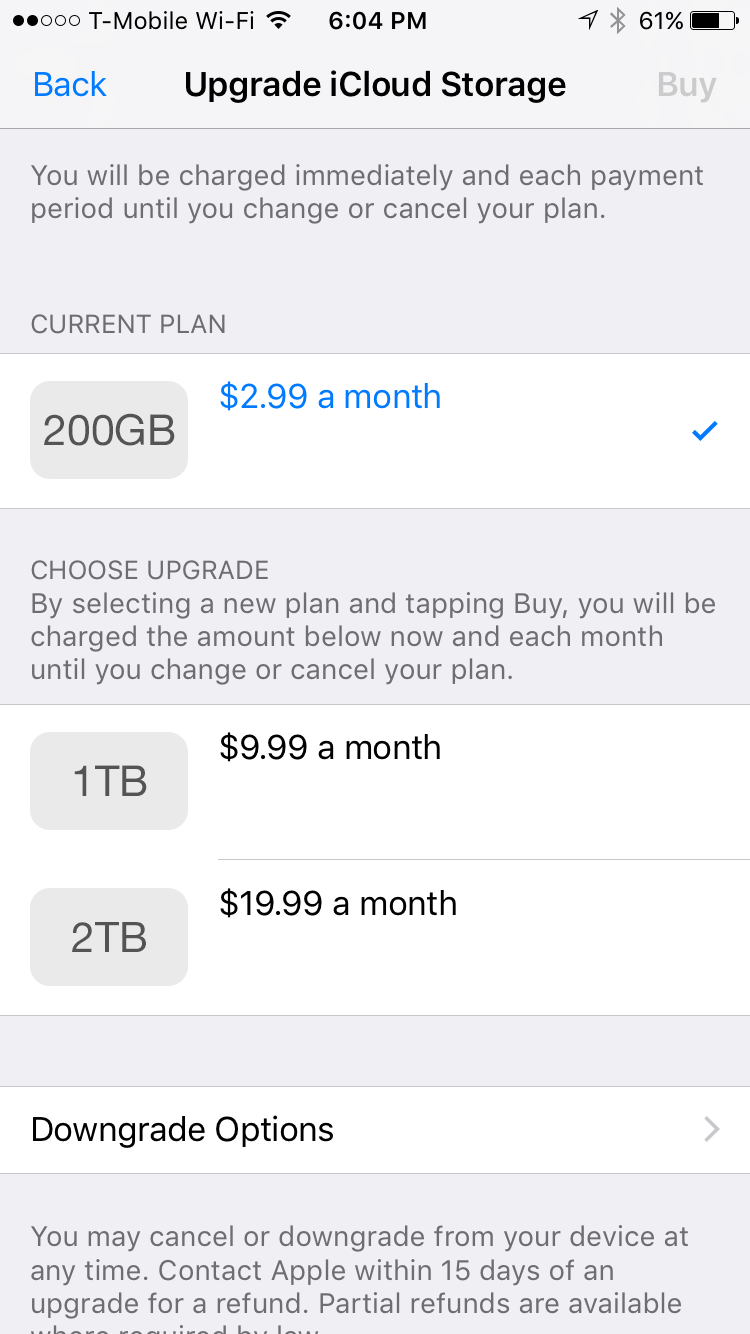
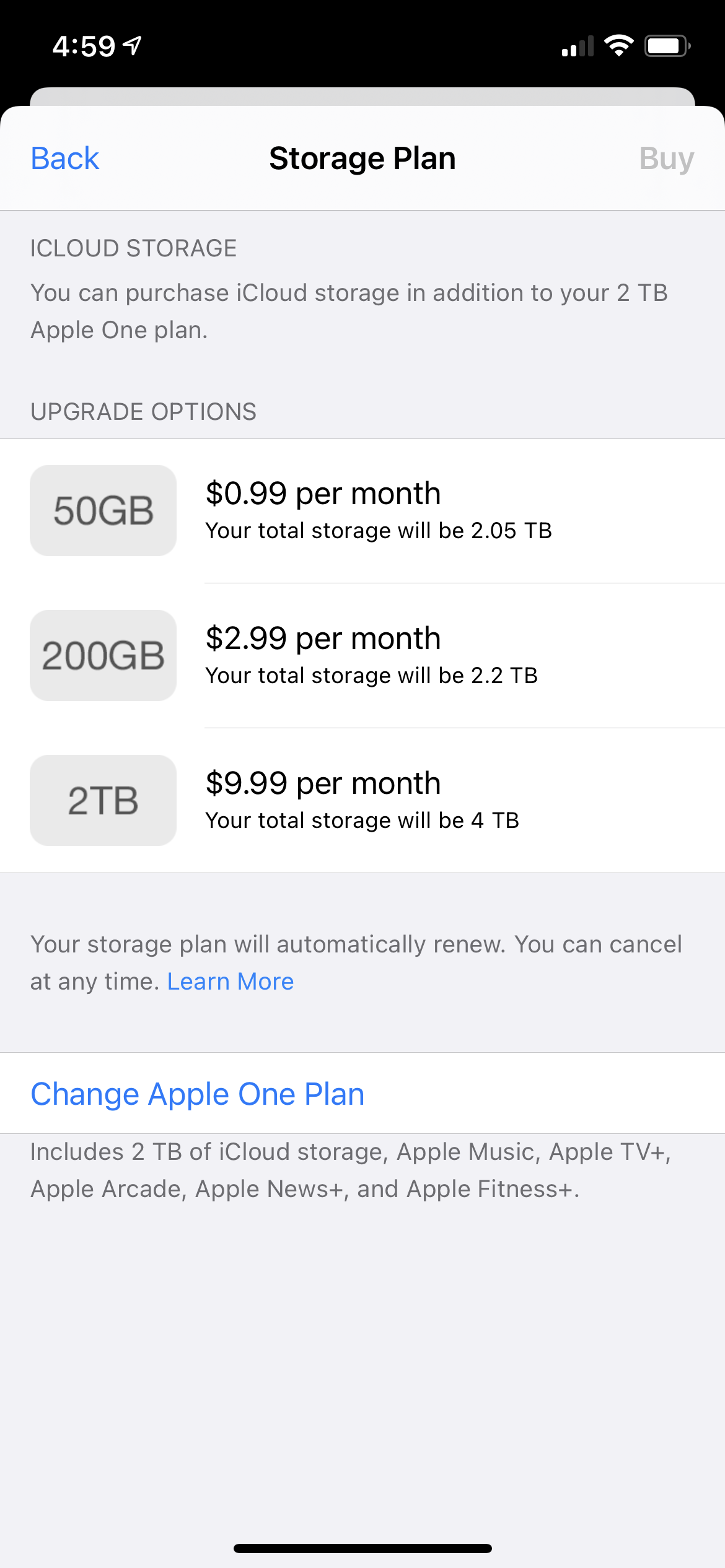
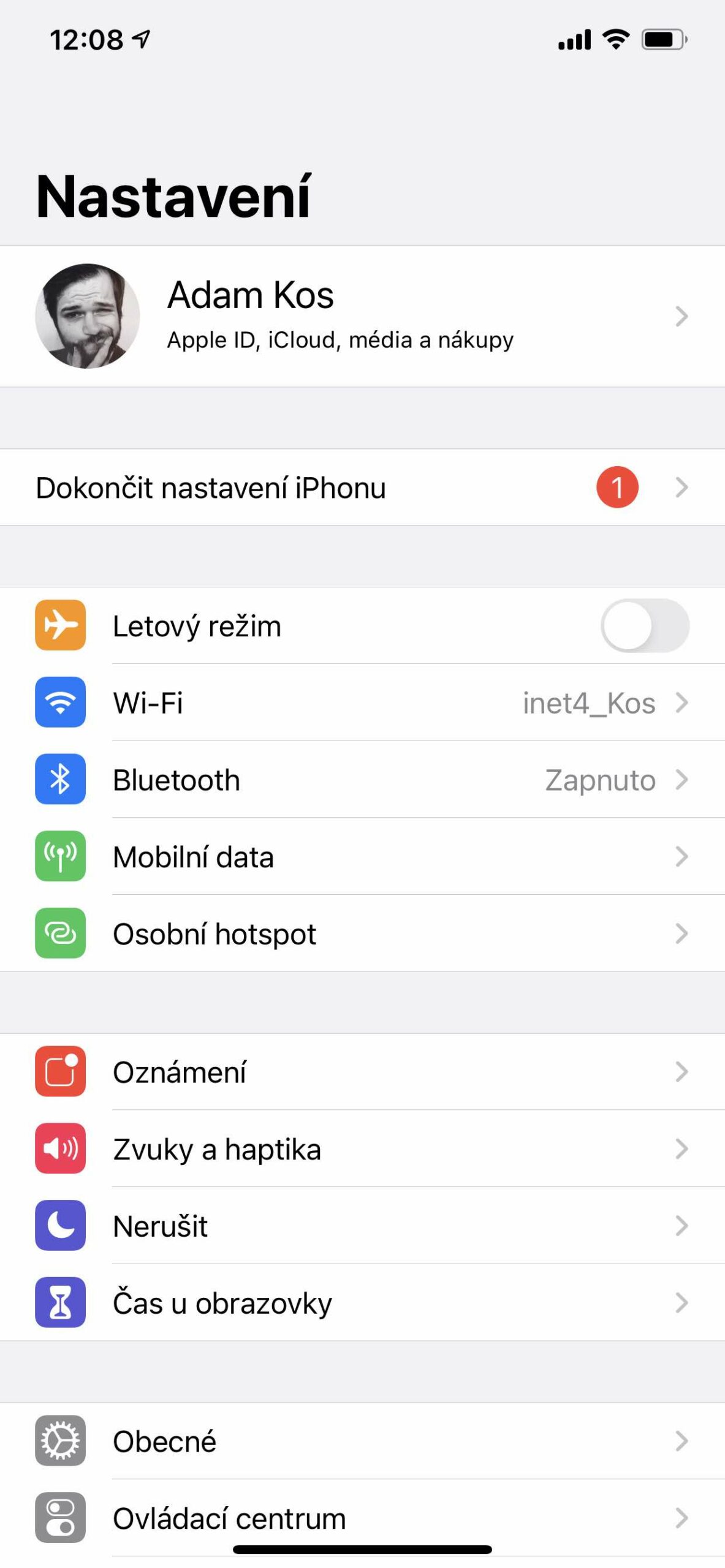

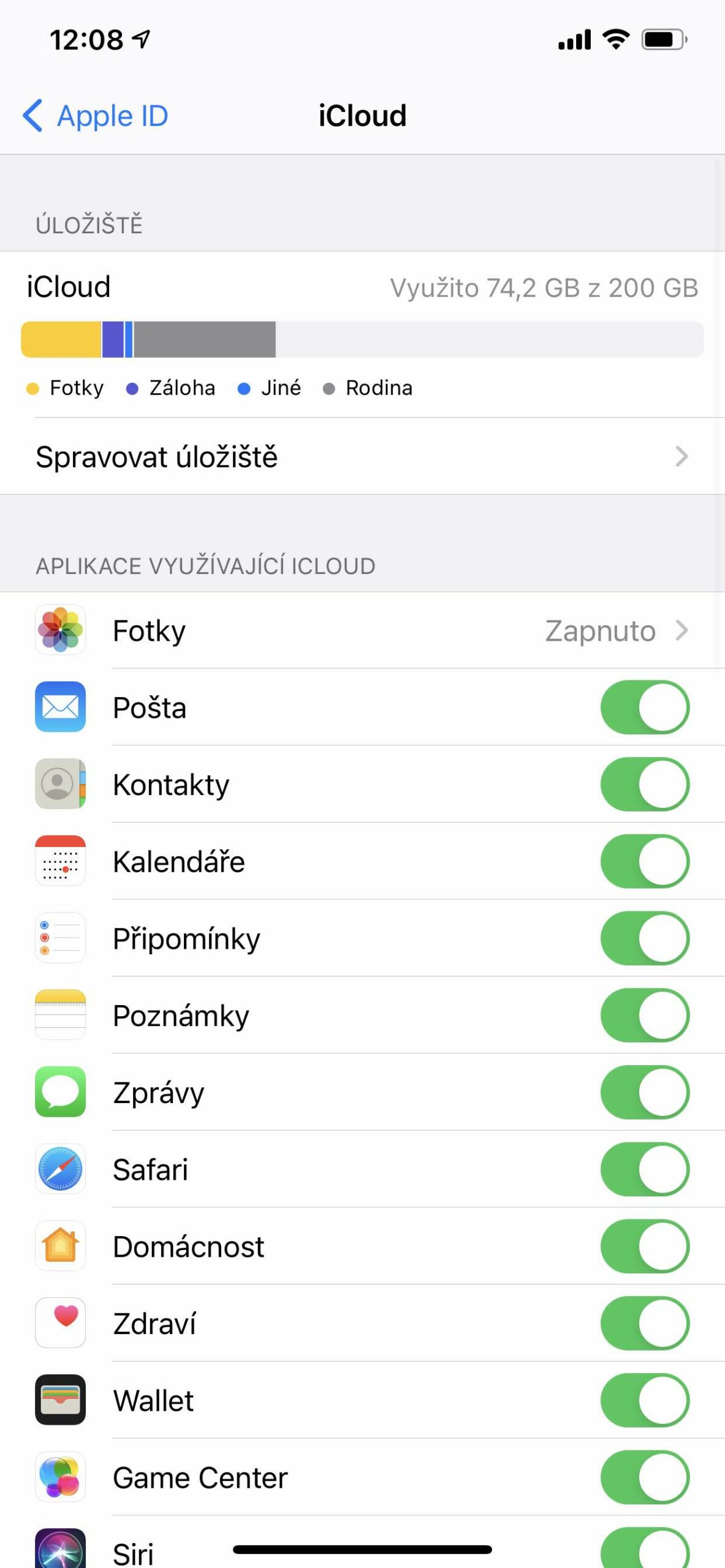
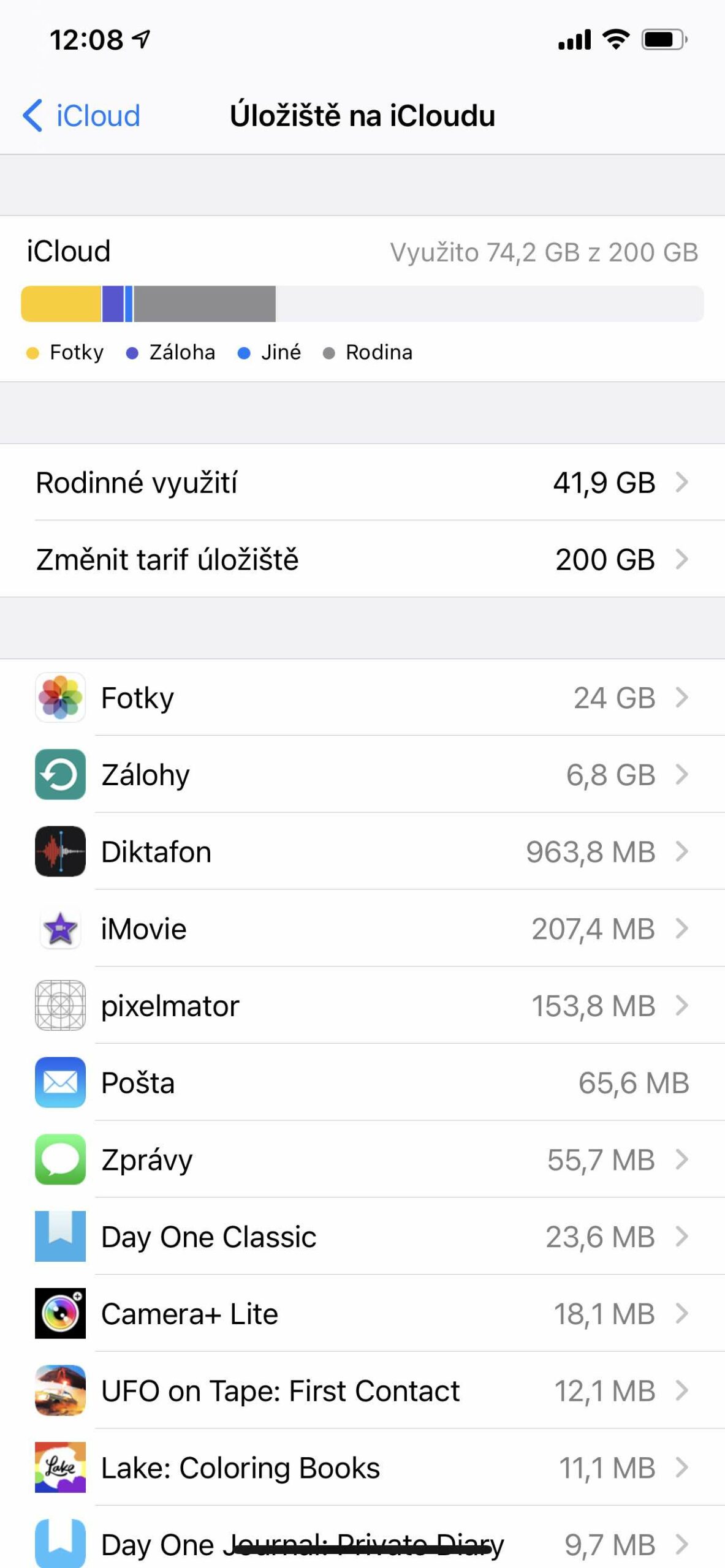
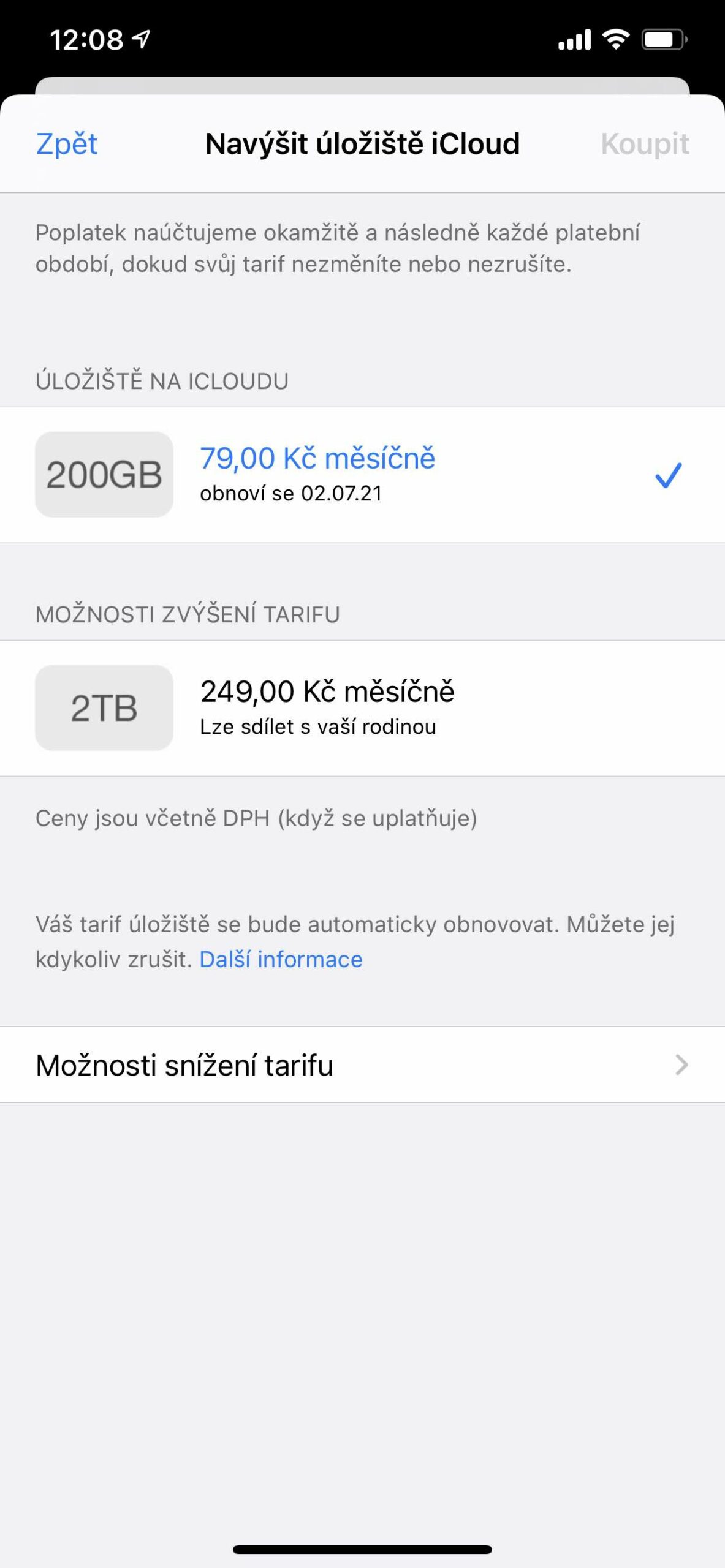
It seems well set to me. Basic 5GB free and then 1 EUR per month for 50GB.
Exactly. The base is quite small, but expansion is really cheap, so I don't see a problem with that
10GB free and I'm satisfied
I think it's good. Who will pay more. I would hate to see Apple go the way of Google Photos and offer more storage space in exchange for data. The current iCloud prices seem pretty OK to me.
I also agree, it's better to have your photos only for yourself, and the prices for a higher tariff or a family tariff are absolutely correct. Everything can't be free - HW, electricity, administration... it all costs something. Everyone must understand that.
I pay 25 CZK for 50 GB for me in Cajka
For example, it bothers me that they only have 200GB in the package, I have two iPhones, a MAC and an iPad and I can barely fit them, and 2TB is too much...
Apple will not give more than 5GB free. A person with 1 iOS device is enough with that. With 2 devices, which he wants to back up, he can no longer do so. Services (including paid iCloud) are Apple's second largest source of revenue after the iPhone.